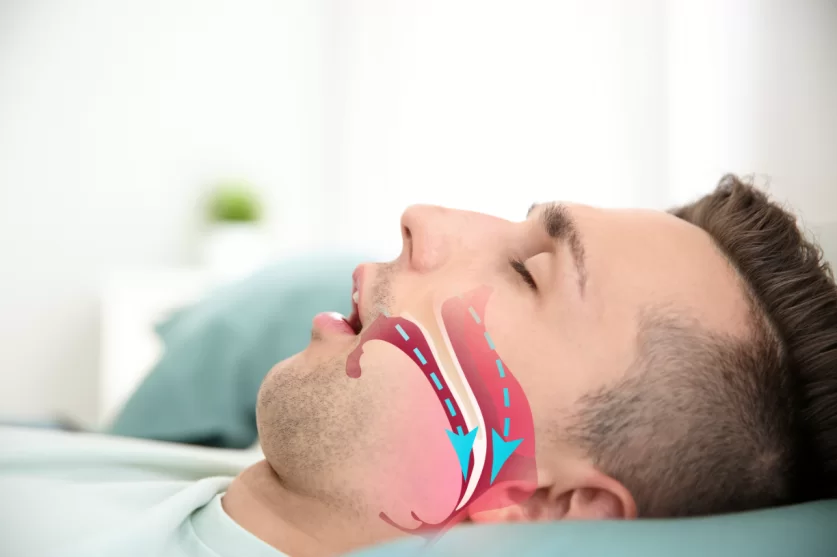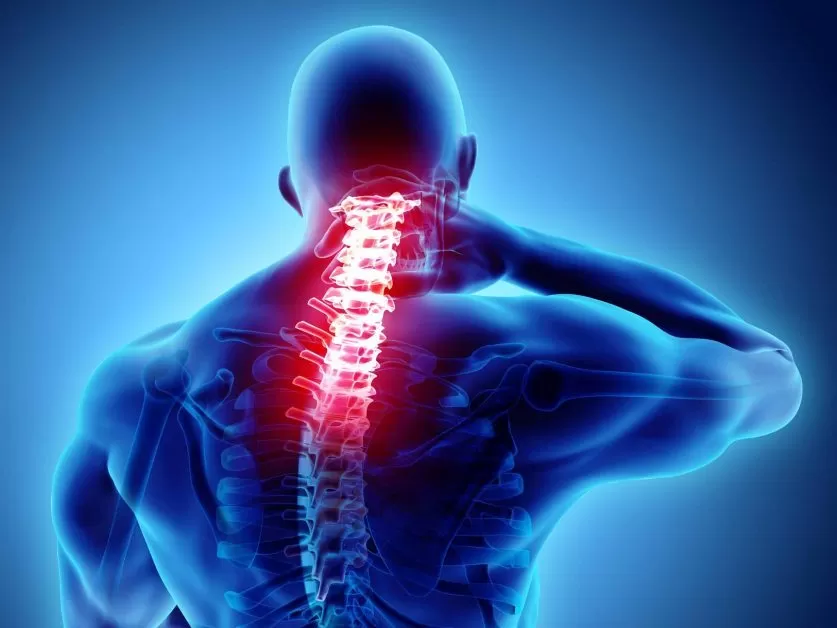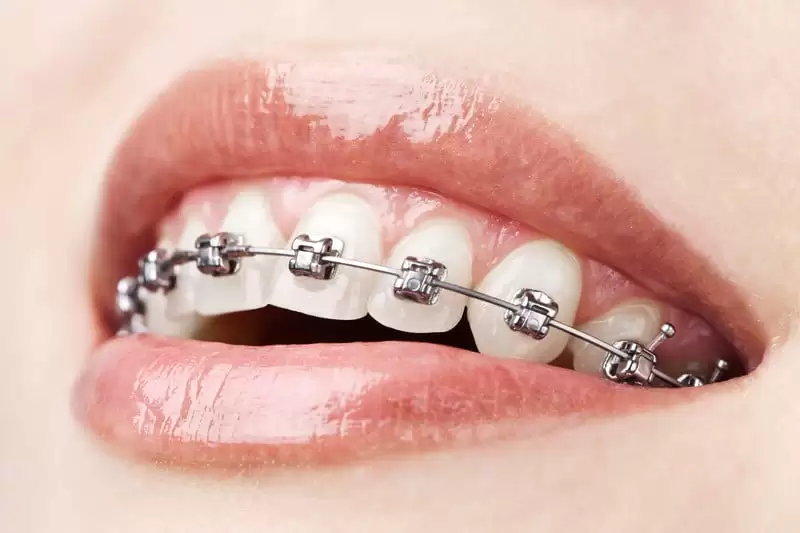
obstructive sleep apnea
obstructive sleep apnea treatment near me
obstructive sleep apnea treatments
sleep apnea
sleep apnea clinic
What Causes Obstructive Sleep Apnea?
- Obesity hypoventilation syndrome: A breathing disorder which mainly found in people with obesity
- Endocrine conditions: include hypothyroidism, polycystic ovary syndrome, and acromegaly, which may affect your breathing problem.
- Chronic lung diseases: such as asthma (COPD), chronic obstructive pulmonary disease, and pulmonary fibrosis, can impact your sleep and breathing during the night.
- Neuromuscular conditions: Strokes can also affect your brain signals to the chest, leading to breathing problems
- Heart or kidney failure: which may cause fluid to build up in your neck and obstruct the upper airway
- Pregnancy
What are the risk factors for obstructive sleep apnea?
Obstructive sleep apnea increases if your physical features like upper airways narrow. Here are some risk factors:
- Too many obes
- Large tonsils
- A person having a collar size of 16 or 17 inches or more
- If your large tongue can block the airway
- If the lower part of your jaw is shorter than your upper part jaw
- A narrow palate or airway can collapse easily
- If you’re Smoker
- Any past family history of OSA disorder
How is obstructive sleep apnea diagnosed?
A diagnosis of sleep apnea disorder begins with a thorough physical or history examination. Also, clues like daytime sleepiness and snoring are important while diagnosing the disorder.
Then your doctor will examine your head and neck to find any physical ability associated with sleep apnea. Also, they will ask you to fill out questionnaires about your sleep and routine habits.
What are the major Treatment options available?
The main objective of treating OSA is to ensure airflow opening during sleep. Obstructive sleep apnea treatments include the following:
Weight loss
You don’t need an ideal weight structure, but you should maintain it with weight management and exercise.
Moreover, it won’t altogether remove this disorder, but weight loss help to decrease the severity of the OSA.
During obstructive sleep apnea, your doctor will recommend reducing blood pressure, improving quality of life, and decreasing daytime sleepiness.
Continuous positive airway pressure (CPAP)
Continuous positive airway pressure therapy is the initial line of treatment for OSA. It can be used through a face mast at night.
The face mask delivers positive airway pressure to your chest throughout the night and makes breathing easier. CPAP is a very effective treatment for obstructive sleep apnea.
People suffering from mild or moderate OSA benefit from it. Still, if they don’t, an oral appliance is a reasonable alternative for positive airway pressure.
Bilevel positive airway pressure (BPAP)
Bilevel-positive airway pressure machines are used to treat obstructive sleep apnea if CPAP therapy doesn’t work.
BPAP machines or BiPAP has a mechanism to deliver two pressure in response to your breathing: inhale and exhale pressure. This means it can change the pressure automatically.
Sleeping on your side
In most cases, sleeping on th back makes OSA worse for some people, then your dentist asks you to learn to sleep on the side.
Conclusion:
Suppose you’re suffering from Obstructive sleep apnea. In that case, you should consider visiting a sleep apnea clinic for proper obstructive sleep apnea treatment near me and diagnosis. If left untreated, you may need surgery for this disorder.
recent post
Sichere Transaktionen Online-Casinos mit PayPal im Fokus
June 26, 2025
Buy Crypto Presale Tokens – Early Access & Big Potential
June 26, 2025
Top Signs of a Trustworthy Vehicle Shipping Company
June 23, 2025
CONTACT US















